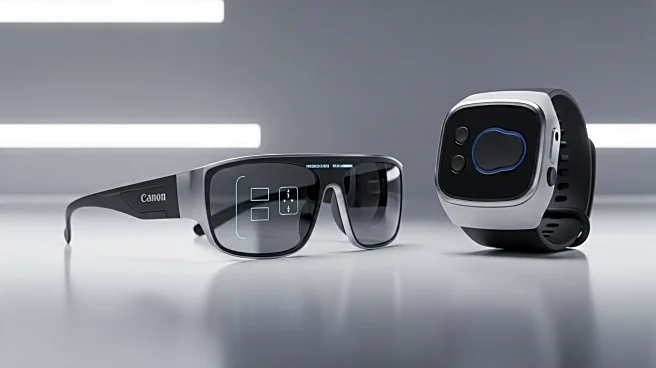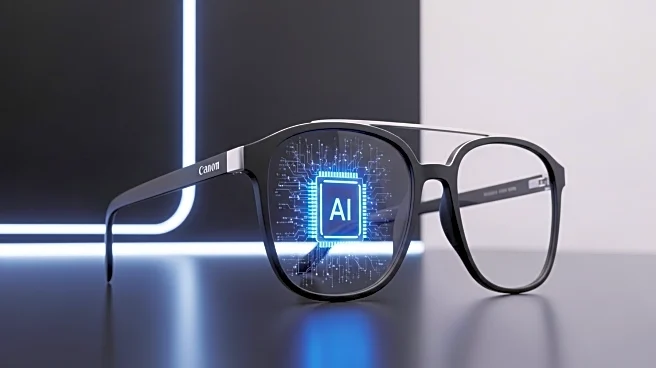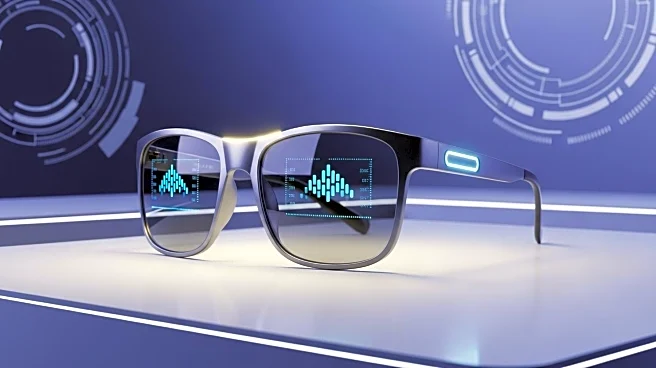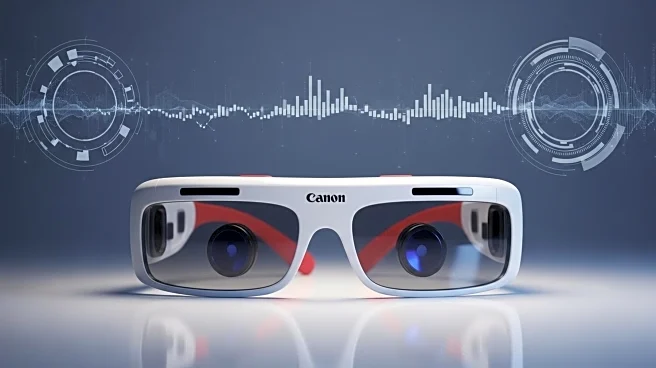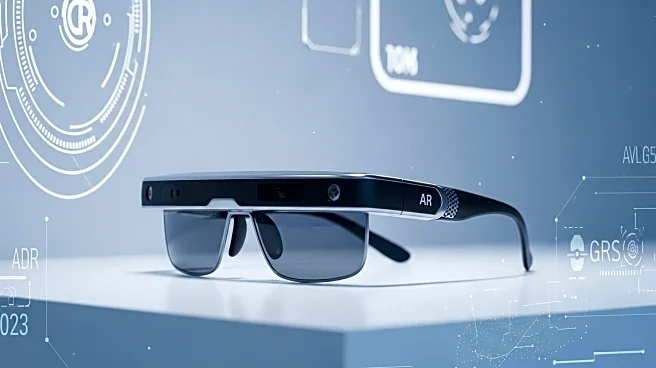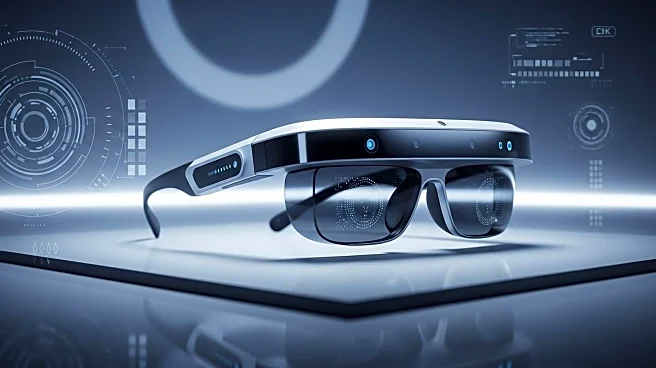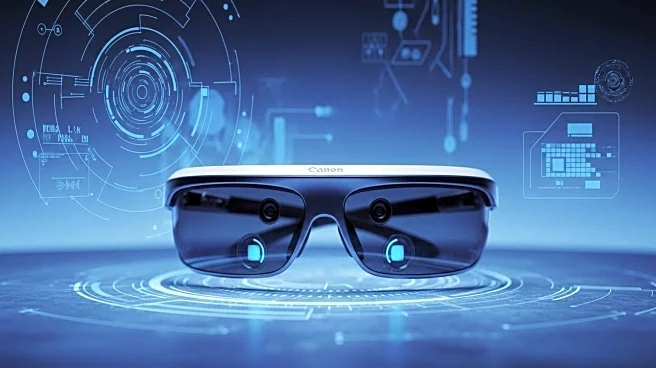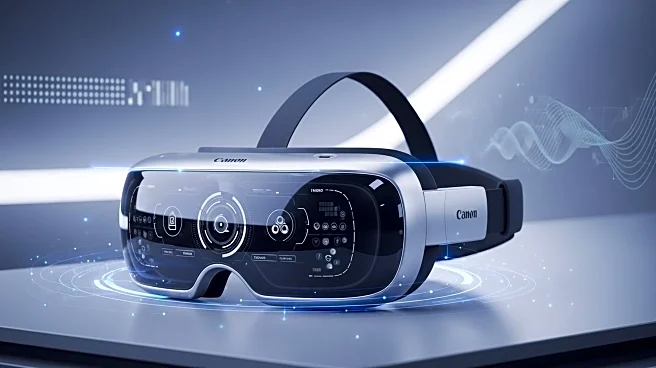What's Happening?
Meta has launched the Ray-Ban Display, a new consumer smart glasses model priced at $799, set to ship on September 30, 2025. This product marks Meta's first significant push into the mass-market for display-equipped smart glasses, integrating AI technology into everyday use. The glasses come with a wristband controller and feature Meta's AI assistant. However, during the product demonstration, glitches were observed, leading to skepticism about the product's reliability. The launch is part of a broader trend in augmented reality (AR) and virtual reality (VR) technology, with IDC forecasting 14.3 million AR/VR shipments in 2025.
Why It's Important?
The introduction of the Ray-Ban Display glasses represents a pivotal moment for consumer AR technology, potentially shifting wearables from novelty to utility. The $799 price point and inclusion of a wristband controller suggest Meta is targeting mainstream consumers rather than niche developers. This move could influence holiday shopping trends and force comparisons with other smart glasses offerings from companies like Amazon and Snap. The success of the product will largely depend on the reliability of its software and gesture controls, which are crucial for user experience. If successful, it could accelerate the adoption of wearable AI technology.
What's Next?
Meta's launch of the Ray-Ban Display glasses is expected to prompt rapid firmware updates and increased developer focus on compact AR user interfaces. The product's success will hinge on consumer acceptance of AI services and wristband accessories. Early reviews have praised the glasses' design but noted limitations in field of view, which could impact app design and daily comfort. As the market for AR glasses expands, consumer attach rates for AI services will be a key indicator of success. Meta's ability to address software reliability issues will be critical in determining the product's long-term viability.
Beyond the Headlines
The launch of the Ray-Ban Display glasses raises questions about privacy and the trade-offs consumers are willing to make for enhanced vision and AI integration. The product is positioned as a long-term AI assistant, which could change how users interact with technology in their daily lives. The success of the glasses could lead to broader acceptance of wearable AI devices, influencing future product development and consumer expectations. As the technology matures, ethical considerations around data privacy and user consent will become increasingly important.


